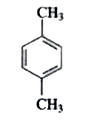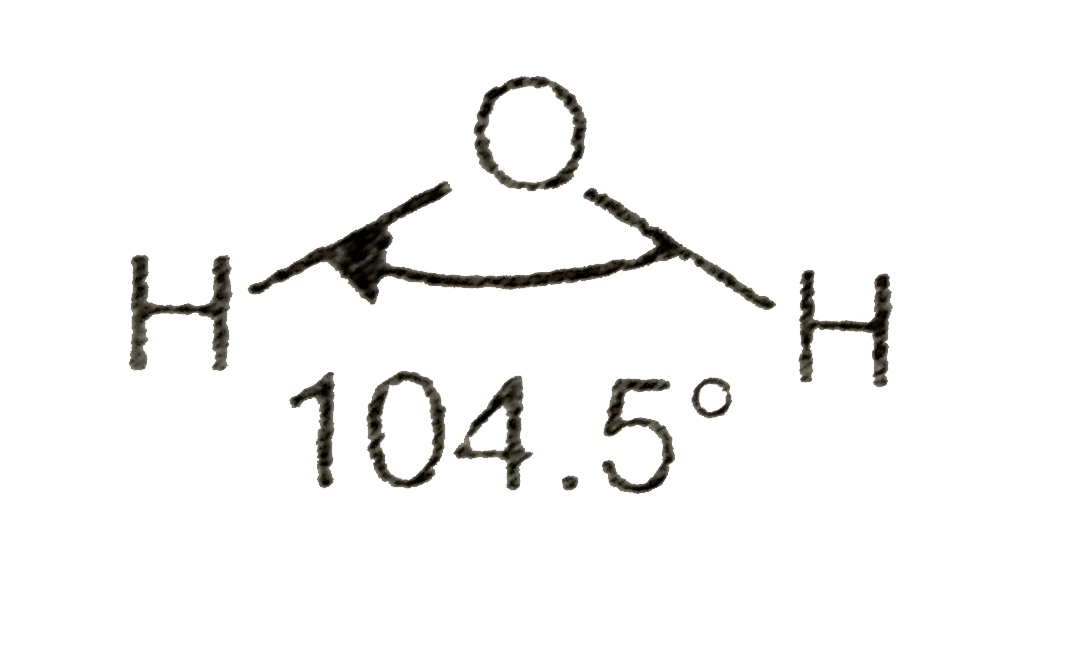Which of the following compound has non-zero dipole moment
XeF4
B2H6
PF3Cl2
PCl3F2
The correct Answer is:C
To determine which compound has a non-zero dipole moment, we will analyze the dipole moments of each given compound step by step.
Step 1: Analyze XeF4
1. Identify the structure: Xenon tetrafluoride (XeF4) has a central xenon atom surrounded by four fluorine atoms.
2. Hybridization and electron count: Xenon has 8 valence electrons, and each fluorine has 7. The total is 8 + (4 x 7) = 36 electrons. Dividing by 8 gives 4 bond pairs and 2 lone pairs.
3. Shape: The shape is square planar due to the presence of 2 lone pairs opposite each other.
4. Dipole moment: The dipole moments of the four Xe-F bonds cancel each other out because of symmetry, resulting in a net dipole moment of zero.
Conclusion for XeF4: Zero dipole moment.
Step 2: Analyze B2H6
1. Identify the structure: Diborane (B2H6) has a unique structure with "banana bonds" between boron and hydrogen.
2. Electron count: Each boron has 3 valence electrons and each hydrogen has 1. Total = (2 x 3) + (6 x 1) = 12 electrons.
3. Bonding: Boron can form 3 bonds with hydrogen, and due to the dimerization, there is no significant difference in electronegativity.
4. Dipole moment: The bonds are symmetrical and there is no net dipole moment.
Conclusion for B2H6: Zero dipole moment.
Step 3: Analyze PF3Cl2
1. Identify the structure: Phosphorus trifluoride dichloride (PF3Cl2) has phosphorus as the central atom with three fluorine and two chlorine atoms.
2. Shape: The molecule adopts a trigonal bipyramidal geometry, with the fluorine atoms in the equatorial positions and chlorine in the axial positions.
3. Dipole moment: The electronegativity difference between fluorine and chlorine leads to a net dipole moment since the axial positions do not cancel out the dipole moments of the equatorial fluorine bonds.
Conclusion for PF3Cl2: Non-zero dipole moment.
Step 4: Analyze PCl3F2
1. Identify the structure: Phosphorus trichloride difluoride (PCl3F2) has phosphorus as the central atom with three chlorine and two fluorine atoms.
2. Shape: This molecule also adopts a trigonal bipyramidal geometry, with chlorine atoms occupying the equatorial positions and fluorine in the axial positions.
3. Dipole moment: Similar to PF3Cl2, the electronegativity difference results in a net dipole moment due to the arrangement of the bonds.
Conclusion for PCl3F2: Non-zero dipole moment.
Final Conclusion
Among the compounds analyzed, PF3Cl2 and PCl3F2 exhibit non-zero dipole moments due to their asymmetrical arrangements and differences in electronegativity.
Answer:
PF3Cl2 and PCl3F2 have non-zero dipole moments.
1. Identify the structure: Xenon tetrafluoride (XeF4) has a central xenon atom surrounded by four fluorine atoms.
2. Hybridization and electron count: Xenon has 8 valence electrons, and each fluorine has 7. The total is 8 + (4 x 7) = 36 electrons. Dividing by 8 gives 4 bond pairs and 2 lone pairs.
3. Shape: The shape is square planar due to the presence of 2 lone pairs opposite each other.
4. Dipole moment: The dipole moments of the four Xe-F bonds cancel each other out because of symmetry, resulting in a net dipole moment of zero.
1. Identify the structure: Diborane (B2H6) has a unique structure with "banana bonds" between boron and hydrogen.
2. Electron count: Each boron has 3 valence electrons and each hydrogen has 1. Total = (2 x 3) + (6 x 1) = 12 electrons.
3. Bonding: Boron can form 3 bonds with hydrogen, and due to the dimerization, there is no significant difference in electronegativity.
4. Dipole moment: The bonds are symmetrical and there is no net dipole moment.
1. Identify the structure: Phosphorus trifluoride dichloride (PF3Cl2) has phosphorus as the central atom with three fluorine and two chlorine atoms.
2. Shape: The molecule adopts a trigonal bipyramidal geometry, with the fluorine atoms in the equatorial positions and chlorine in the axial positions.
3. Dipole moment: The electronegativity difference between fluorine and chlorine leads to a net dipole moment since the axial positions do not cancel out the dipole moments of the equatorial fluorine bonds.
1. Identify the structure: Phosphorus trichloride difluoride (PCl3F2) has phosphorus as the central atom with three chlorine and two fluorine atoms.
2. Shape: This molecule also adopts a trigonal bipyramidal geometry, with chlorine atoms occupying the equatorial positions and fluorine in the axial positions.
3. Dipole moment: Similar to PF3Cl2, the electronegativity difference results in a net dipole moment due to the arrangement of the bonds.
Among the compounds analyzed, PF3Cl2 and PCl3F2 exhibit non-zero dipole moments due to their asymmetrical arrangements and differences in electronegativity.
PF3Cl2 and PCl3F2 have non-zero dipole moments.
Topper's Solved these Questions
- CHEMISTRY AT A GLANCEBOOK - ALLENCHAPTER - CHEMISTRY AT A GLANCEEXERCISE - ORGANIC CHEMISTRY
472 Videos
- CHEMISTRY AT A GLANCEBOOK - ALLENCHAPTER - CHEMISTRY AT A GLANCEEXERCISE - ORGANIC CHEMISTRY
472 Videos
- Chemical EquilibriumBOOK - ALLENCHAPTER - Chemical EquilibriumEXERCISE - All Questions
30 Videos
- ELECTROCHEMISTRYBOOK - ALLENCHAPTER - ELECTROCHEMISTRYEXERCISE - EXERCISE -05 [B]
38 Videos
Similar Questions
Knowledge Check
Which of the following compounds has a zero dipole moment ?
A B
B C
C D
D
Which one of the following compounds has non zero dipole moment?
A B
B C
C D
D
Which of the following compounds have a dipole moment?
A B
B C
C D
D
Which of the following compounds has a zero dipole momnet ? .
View SolutionElectric Dipole moment is a vector quantify . If a compound contain more than one polar bond then , the net electric dipole moment is equal to vector sum of individual dipole moment .
e.g., In H2O
μ=1.84D

Which of the following compounds have zero dipole moment ?
View SolutionWhich of the following compound has least dipole moment ?
View SolutionWhich of the following compounds has dipole moment approximately equal to that of chlorobenzene?
View SolutionWhich of the following compounds has the greater dipole moment?
_E01_274_Q01.png)
View Solution
